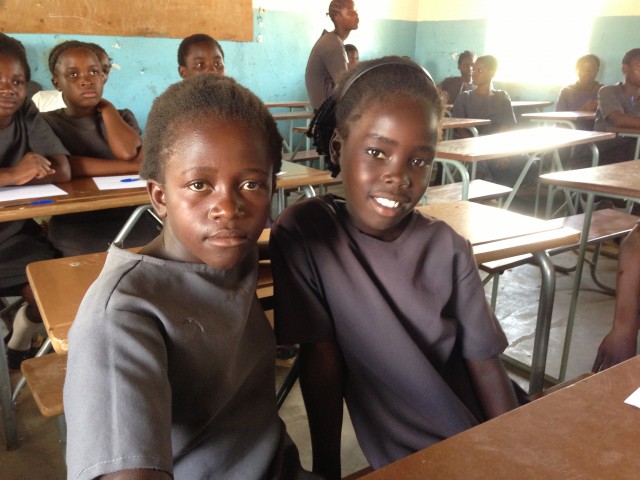
Thousands of dedicated delegates this week called for a scaled-up HIV response to save lives at the 20th International AIDS Conference in Melbourne, Australia. The five-day conference, themed “Stepping Up the Pace,” attracted 12,000 delegates, who discussed and debated the latest HIV research and programmatic developments, working to rapidly roll out new interventions to achieve an AIDS-free generation.
In an article I co-authored in a special supplement to the Journal of AIDS, which was released at the Conference, I call for better strategies to help HIV-positive moms succeed in their efforts to protect their infants and live healthy lives with HIV.
The article urges health and development practitioners to take a more nuanced and patient-sensitive approach to treating and supporting HIV-positive pregnant women, instead of relying on more traditional clinical and medical models.
For example, using community health workers or peers as liaisons between people living with HIV and health care providers, and making care less disjointed by incorporating social services, child protection and education into packages of client-responsive services.
The improved approach would attract more mothers to seek out and stay in care, and adhere to treatment, improving their own lives and saving those of their children by preventing HIV transmission.
The Melbourne conference’s call for decreased HIV stigma and discrimination is also well in line with recent initiatives at Creative.
A newly-completed research study in Uganda, Ethiopia and Mozambique conducted by Susan Rogers, a Senior Associate in Design, Monitoring and Evaluation, examined how gender and internal stigma around one’s own perception of their HIV status affected disclosure. This is critical research, as studies demonstrate that the more individuals disclose their HIV status to their partners, the more likely they are to seek treatment.
Susan also conducted research in Jamaica and the Bahamas with healthcare and social service providers. She found that key affected populations in their care were experiencing “layered stigma”—HIV–related stigma combined with stigma toward marginalized groups. Findings from Susan’s study were published last month in the journal AIDS Care.
The message in these articles resonates with Creative’s longstanding work on HIV prevention. Since 1996, Creative has managed more than 20 projects related to HIV or Orphans and Vulnerable Children, and now manages more than $18 million in President’s Emergency Plan for AIDS Relief (PEPFAR) funding in Africa.
By harnessing education to prevent HIV and link children to health services and policy reform, our programs in Uganda, Zambia, Nigeria and elsewhere have addressed critical structural factors contributing to young girls’ vulnerability to HIV through school drop-out prevention programs and psychosocial support for vulnerable children.
Throughout these programs, Creative is taking the integrated approach that I argued for in my article, and about whose benefits health and development experts are increasingly vocal.
Sara Melillo is Creative’s Management Associate for Health

